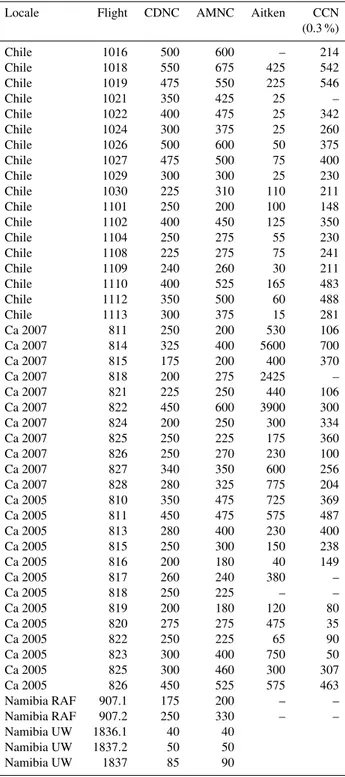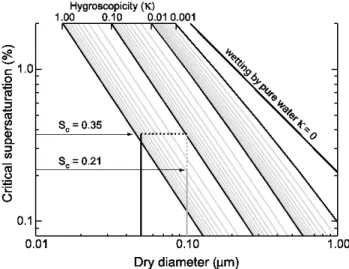A simple relationship between cloud drop number concentration and precursor aerosol concentration for the regions of Earth's large marine stratocumulus decks
Texto
Imagem




Documentos relacionados
Both the ability of an aerosol particle to act as a CCN at a given S level and its contribution to extinction depends on the aerosol particle size distribution. Particle size is
Figure 2 shows that when upper-level cirrus is absent, an approximate doubling and tripling of the average number concentration of crystals in visible cloud is predicted in the high
P ¨oschl, U.: Aerosol- and updraft-limited regimes of cloud droplet formation: influence of par- ticle number, size and hygroscopicity on the activation of cloud condensation
In this study, we analyzed number concentration and size distribution of aerosol particles, together with the mass concentration and chemical composition of UFPs and PM 1
Average tropospheric OH concentration, estimated methane lifetime, global mean cloud droplet number concentration (CDNC), changes in the global-mean total and cloud cover and
With the exception of the nucleation mode, particle number and volume concentration cycles are very similar to the cycles of aerosol optical properties and mass concentrations..
The well- predicted aerosol quantities, such as aerosol number, mass composition and optical properties, and the inclusion of full aerosol-cloud couplings lead to
The number of aerosols that eventually activate into cloud droplets depends on the aerosol concentration, size distribution and chemical properties and on the updraft ve- locity,